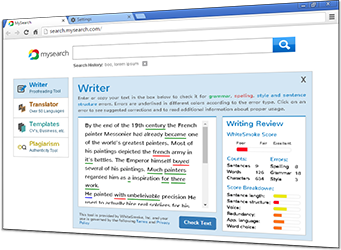Jane Straus - Problems with Prepositions
Problems with Prepositions
Jane Straus is the author of The Blue Book of Grammar and Punctuation and developer of GrammarBook.com
Prepositions are words that often show direction: below, above, over, under, around, through, in, out, between, among, to, toward(s). Other common prepositions include of, for (also sometimes a conjunction), from, with, like (also sometimes a verb).
Rule 1: You shouldn’t use unnecessary prepositions.
Incorrect: Where did he go to?
Correct: Where did he go?
To is unnecessary because the meaning is clear without it.
Incorrect: I don’t know where my jacket is at.
Correct: I don’t know where my jacket is.
Incorrect: Please get the cat off of the table.
Correct: Please get the cat off the table.
Rule 2. Many of us learned that it is always incorrect to end a sentence with a preposition. This is a myth! The rule actually states that it is incorrect to end a sentence with an unnecessary preposition. Sentences may end with necessary prepositions.
Correct: That is something I cannot agree with.
Even though you could rewrite the sentence so that with does not end the sentence (That is something with which I cannot agree.), it is not incorrect to end this sentence with a preposition because it is a necessary one.
Correct: How many of you can I count on?
On is a necessary preposition. Alternately, you could write the sentence this way:
On how many of you can I count? But doesn’t this tortured phrasing to avoid ending a sentence with a preposition seem absurd?
Pop Quiz
Which sentence is correct?
- A. Where did you get this at? B. Where did you get this?
- A. I will go later on. B. I will go later.
- A. Take your shoes off the bed. B. Take your shoes off of the bed.
- A. Cut it up into small pieces. B. Cut it into small pieces.
Pop Quiz Answers
- B
- B
- A
- B
.JPG)




